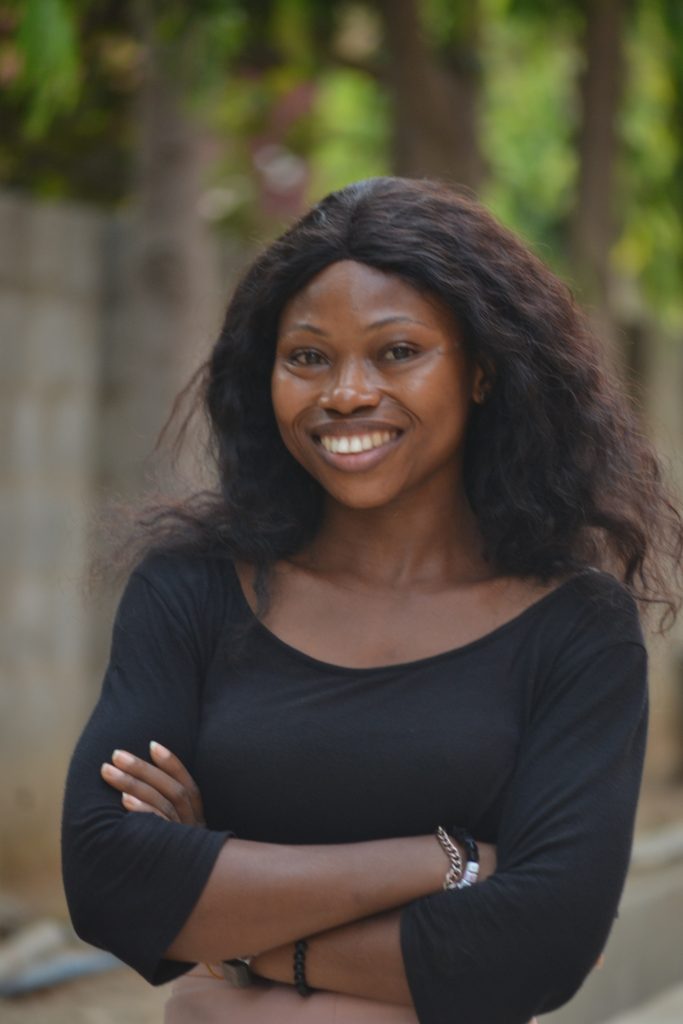Share this
International peacebuilding consists of a wide array of actors with divergent and sometimes conflicting interests, values, purposes, organizational forms and modalities of action.
The United Nations was created in 1945, following the devastation of the Second World War, with one central mission: the maintenance of international peace and security. The UN accomplishes this working to prevent conflict, helping parties in conflict make peace, deploying peacekeepers, and creating the conditions to allow peace to hold and flourish. These activities often overlap and should reinforce one another, to be effective.
BECOME A U-REPORTER WITH IAMBESTNETWORKS

The UN Security Council has the primary responsibility for international peace and security. The General Assembly and the Secretary-General play major, important, and complementary roles, along with other UN offices and bodies.
The most effective way to diminish human suffering and the massive economic costs of conflicts and their aftermath is to prevent conflicts in the first place. The United Nations plays an important role in conflict prevention, using diplomacy, good offices and mediation. Among the tools, the Organization uses to bring peace are special envoys and political missions in the field.
The main strategies to prevent disputes from escalating into conflict, and to prevent the recurrence of conflict, are preventive diplomacy and preventive disarmament.
• Preventive Diplomacy refers to the action taken to prevent disputes from arising or escalating into conflicts and to limit the spread of conflicts as they arise. It may take the form of mediation, conciliation or negotiation.
• Preventive Disarmament seeks to reduce the number of small arms in conflict-prone regions.
From the research conducted so far, I would like to propose that there are two main types of actors with several subtypes each:
a. States/governments with two broad categories:
individual states
international organisations and interest-based coalitions (UN and its bodies and regional organisations, e.g. the OSCE or the OAS, other regional governmental organisations; World bank, NATO etc (2).
b. Non-state actors with four broad categories(3):
NGOs(4), social movements(5), and
political parties(6)
religious bodies(7).
corporate sector (business)(8)
media(9)
This is an ideal picture; in reality, many non-state actors have very clear connections and even dependencies to the state in which they live and work. In the table below, this relationship is only marked for two of them (media and parties) because the relationship is especially remarkable.
THE CONCEPT OF CONFLICT
Conflict refers to some form of frictions, disagreement, or discord arising within a group when the beliefs or actions of one or more members of the group are either resisted or unacceptable to one or more members of another group. Conflict can be about a situation or a type of behaviour.
DEFINITION OF CONFLICT
Michael Nicholson defines conflict as an activity that takes place when individuals or groups wish to carry out mutually inconsistent acts concerning their wants, needs or obligations.
It may also be defined as a disagreement through which the parties involved perceive a threat to their needs, interests, or concerns.

HOW DOES CONFLICT MANIFEST
● Manifestations of conflict behaviour with disagreement, and are followed verbal abuse and interference.
● Conflicts can occur between individuals, groups and organizations, Examples are quarrels between friends or family members, labour strikes, competitive sports, or war.
TYPES OF CONFLICT
Content Conflict: This is where individuals disagree about how to deal with a certain issue or task.
Relational Conflict: This is where individuals disagree about one another. It stems from interpersonal incompatibility.
Process conflict refers to disagreement over the group’s approach to a particular task.
CAUSES OF CONFLICT
Superiority
Injustice
Vulnerability
Distrust
Helplessness
Conflict in conflict resolution is therefore not only the presence of violence.
WHAT IS PEACE?
Roland Reagan’s definition of peace, Peace is not just the absence of conflict; it is the ability to handle conflict peaceful means.
Peace refers to the absence of hostility. It refers to an environment that is characterized healthy interpersonal and international relationships, acknowledgement of equality and fairness.
IMPORTANCE OF PEACE
● Peace generates a sense of security in our minds, helps us live in a void world of hostility.● Peace is important for social well being where people live in harmony.
● Peacemakers’ life on earth is worth living. It enables men and nations to grow and to hope to build a better life for the coming generation.
●Peace means progress and happiness.
Atiba Dorcas Anuoluwapo

Facebook: Atiba Dorcas
Twitter: Atiba Dorcas
Instagram: Mirabel3030
Telegram: Ada4Christ
WhatsApp: 09092019629
This is a publication of Words in Pen, weekly publication(every Wednesday) of I am Best Magazine… proudly IAMBESTNETWORKS LTD.
Are you a writer and you want to be a contributor to WORDS IN PEN,
Contact us:
Call or whatsapp: 08130286036; call:07057457203
Email us: [email protected]
Facebook: I Am Best TV
Instagram: @iambestnetworks
Twitter:@iambestnetworks
